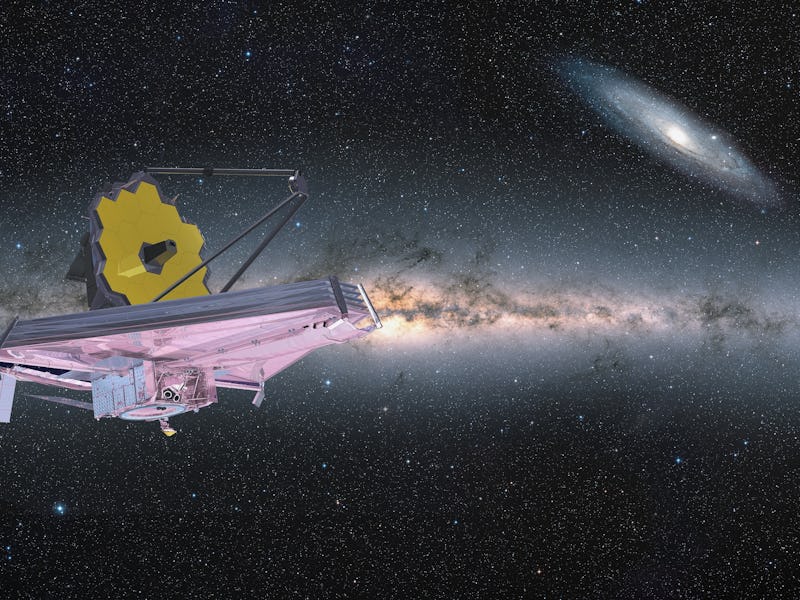The Webb Telescope Peered Deep Inside a Nearby Supernova Remnant
It was the nearest seen in modern times.

In November of 1572, Tycho Brahe noticed a new star in the constellation Cassiopeia. It was the first supernova to be observed in detail by Western astronomers and became known as Tycho’s Supernova. Earlier supernovae had been observed by Chinese and Japanese astronomers, but Tycho’s observations demonstrated to the Catholic world that the stars were not constant and unchanging as Aristotle presumed. Just three decades later, in 1604, Johannes Kepler watched a supernova in the constellation Ophiuchus brighten and fade. There have been no observed supernovae in the Milky Way since then.
More than three centuries passed. Galileo pointed his first telescopes to the heavens. Astrophotography revolutionized our view of the heavens, as did radio astronomy. We launched telescopes into space, landed on the Moon, and sent robotic probes to the outer Solar System.
But there were no nearby supernovae to observe with our clever tools until February 1987, when a supernova appeared in the Large Magellanic Cloud. Known as SN 1987a, it reached a maximum apparent magnitude of about 3. It is the only naked-eye supernova to occur within the era of modern astronomy.
In cosmological terms, SN 1987a is right in our backyard, only 168,000 light-years away. It has been studied over the years by both land-based and space-based telescopes, and recently, the James Webb Space Telescope has taken a closer look. The results tell us much about the rare supernova but also raise a few questions.
Most prominent in the image is the bright equatorial ring of ionized gas. This ring was ejected from the star for thousands of years before it exploded. It’s now heated by shockwaves from the supernova. The equatorial ring girdles the hourglass shape of the fainter outer rights that stem from the polar regions of the star. These structures have been observed before by telescopes such as Hubble and Spitzer. But JWST’s real power is to peer into the center of SN 1987a. There, it reveals a turbulent keyhole structure where clumps of gas expand into space. Rich chemical interactions have begun to occur in this region.
The structures seen in the new JWST image.
But even JWST wasn’t able to observe the ultimate jewel of the supernova, the remnant star. Supernovae not only cast off new material into interstellar space, they also trigger the collapse of the star’s core to become a neutron star or black hole. Based on the scale of SN 1987a, a neutron star should have formed in its center.
However, the gas and dust of the inner keyhole region are too dense for JWST to observe. How a neutron star forms and how it interacts with surrounding gas and dust is a mystery that will require further study. We have observed the neutron stars of some supernovae, but only from a much greater distance.
Tycho’s supernova was just 8,000 light-years from Earth, and Kepler’s about 20,000 light-years distant. Unless Betelgeuse happens to explode in the near future, SN 1987a is likely the closest new supernova we’ll be able to study for quite some time.
This article was originally published on Universe Today by Brian Koberlein. Read the original article here.
This article was originally published on